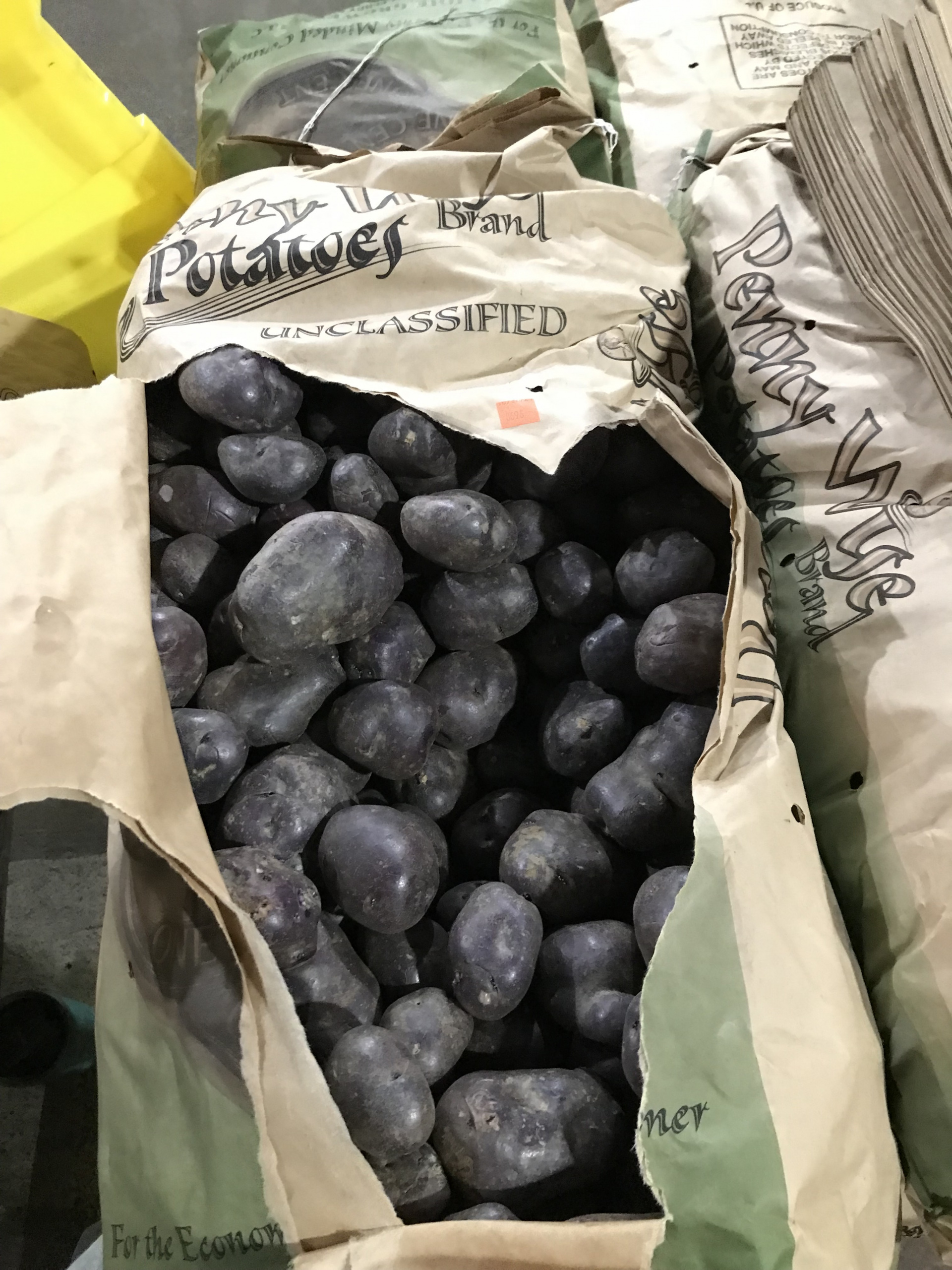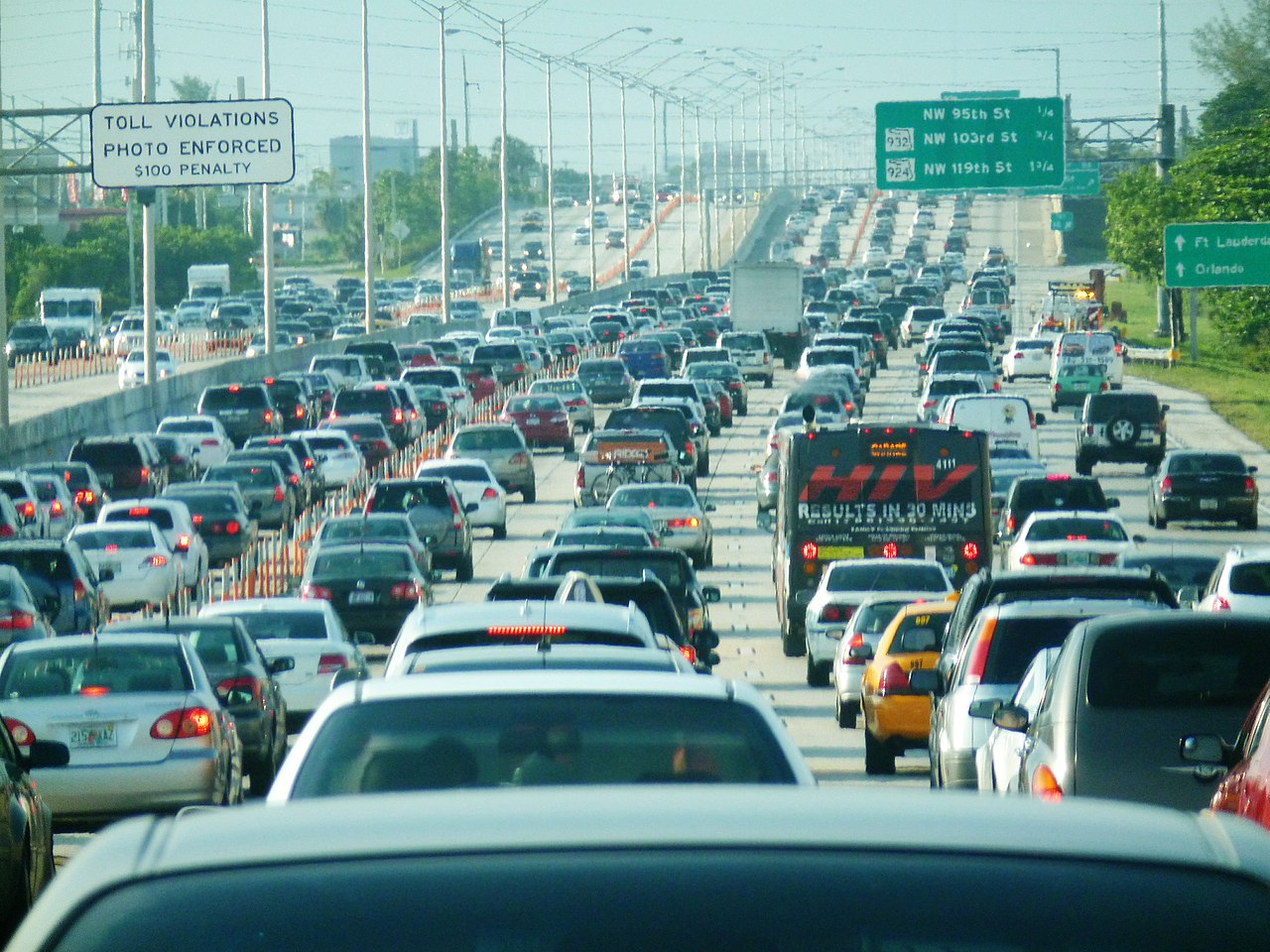
When is enough enough? The “abundance agenda” America needs
Abundance of good things is a good thing. And a political agenda designed to get more good things to more people is a worthwhile aspiration. But achieving abundance alone won’t “solve all of America’s problems.” Not hardly.

In a recent piece in The Atlantic, Derek Thompson proposed “a simple plan to solve all of America’s problems”: an “abundance agenda” focused on “solving our national problem of scarcity.”
Surveying the American landscape, Thompson asks a very important question: Why, given America’s vast resources, should we lack any basic commodities and services — masks and booster shots, housing and public transportation, health care and education?
His proposed agenda takes what he calls “the best from several ideologies” — combining the aggressive industrial policy sometimes advocated by the left with a deregulatory agenda usually associated with the libertarian right. All with the goal of solving the problems of society by cranking up the productive capacity of the economy to 11.
Abundance of good things is a good thing. And a political agenda designed to get more good things to more people is a worthwhile aspiration.
But achieving abundance alone won’t “solve all of America’s problems.” Not hardly. To learn why, let’s take a look at one area of American life where we’ve already achieved abundance: food.
America currently produces so much food that we can’t eat it all. We grow so much corn that one-third of it goes not to feeding humans or animals, but to powering machinery. 30 to 40 percent of our food simply goes to waste. And America has somehow been able to accumulate a billion-pound “strategic cheese reserve,” despite putting cheese on or in seemingly every food product imaginable.
Yet, a recent Twitter rant decried the cheese reserve as “a perfect encapsulation of everything that’s wrong with this country.” The thread listed those who are harmed by that surplus: the environment, the cows, taxpayers, and even, perhaps, the recipients of “government cheese” donations themselves.
Food isn’t the only area of American life where the achievement of abundance has not brought nirvana. Most Americans now have access to virtually infinite online content at their fingertips. Yet, rather than becoming the happiest and most well-informed people in the world, we’re increasingly a sleepless, anxious and insecure lot stewing in disinformation and hopped up on online rage-o-hol.
Starting in the 1950s and continuing to the present day, we’ve made auto-oriented transportation super-abundant. Americans have the world’s largest road network, and Americans drive far more miles each year per person than residents of most other industrialized countries. Yet, abundant access to cars and highways contributes to tens of thousands of deaths each year and air pollution that harms the health of millions, and has made transportation the nation’s largest source of greenhouse gases. Oh, and many of us report that the time we spend in our cars is making us miserable.
Thompson is right that public policy can spark abundance. But abundance often comes at a cost. And if we’re not careful and thoughtful, we might wind up with too much of the wrong things.
Food: Abundance and its discontents
How did food get to be so abundant in America? For decades, the U.S. has pursued an abundance agenda characterized by lax regulation, industrial policy and government subsidies.
The U.S. government has spent hundreds of billions of dollars on subsidies to farmers, prioritized the industrialization and centralization of agriculture, and turned a mostly blind eye to farming’s massive impacts on the environment, animal welfare and public health.
The result has been a torrent of staggeringly cheap food. If the internet is to be believed, it is entirely possible to feed oneself adequately for $1.50 a day. As food has become cheaper — especially the grains, fats and oils that have been the main beneficiaries of farm subsidies — we have eaten more of it, with the number of calories Americans consume increasing 23% since 1970.
Today, overconsumption of food is a bigger public health problem than hunger. Now, 42% of Americans are obese, up from just 30.5% at the turn of the millennium. According to one study, obesity has shaved about one year off average life expectancy in the U.S.
Ironically, despite that aggregate plenty, many Americans still struggle to afford quality, nutritious food — or even to find fresh food, at any price, in the places where they live. And the very processes that have unleashed such aggregate abundance have also fueled a series of dire environmental and public health problems with existential implications for society.
Agriculture has polluted 135,000 miles of rivers and streams nationwide, and is believed to be at the root of problems ranging from toxic algae blooms in Lake Erie to dead zones in the Gulf of Mexico and Chesapeake Bay. Agriculture also produces 10% of America’s greenhouse gas emissions, though that figure could well be vastly underestimated. Waste from factory farming of livestock is often stored in lagoons vulnerable to rupture or accidental spills and spread on farm fields in such great volume that it runs off into waterways, putting both ecosystems and public health at risk. Industrial animal agriculture is even putting the continued effectiveness of critical antibiotics in jeopardy — a public health calamity that would make COVID-19 look like a day at the beach.
Simply pumping more cheap grains, fats, sugar and oils onto supermarket shelves — or socking away more surplus cheese for a rainy day — won’t solve the nation’s real problems with food. It certainly won’t help get fresh, nutritious food to the people who need it. And it will very likely add to the environmental and public health burden of food production.
The need to choose
So, as food policy shows us, “more of everything” is not really the answer. But Thompson’s essay is fuzzy about what exactly it is that we need more of — and what’s keeping us from getting it.
A good example is transportation. As noted above, auto-oriented transportation is already abundant — the result of a government agenda of massive subsidies for driving, huge government investments in highways, and a deregulatory approach that has consistently cut corners when it comes to protecting public safety, the climate and air quality.
In his section on transportation, Thompson writes that “[s]ince the 1970s, new laws and regulations have stymied new building projects just about everywhere.” But that’s not exactly true. As we’ve documented in numerous reports, when it comes to building big, dumb highway infrastructure projects, the abundance machine seems to be cranking along just fine. Moreover, environmental reviews are one of the few tools available to communities seeking to slow or stop the construction of damaging and wasteful highways.
Thompson doesn’t mention highways in his essay, instead focusing on subways and high-speed trains — both of them services that we could certainly use more of. But in a policy system that is hard-wired to make it easy to build highways and hard to build anything else, ham-handed calls for “abundant transportation” and the blanket relaxation of environmental rules could wind up producing even more of the destructive infrastructure we need to move away from, while failing to meaningfully spark the creation of the sustainable transportation options we need.
Indeed, an abundance agenda can only bring benefits if we first discern what is lacking… and what isn’t. Thompson suggests that we focus on making more of “the things that actually make a nation great — such as clean and safe spaces, excellent government services, fantastic living conditions, and broadly shared wealth.” That’s great. But the question of what things actually “make a nation great” is likely to get a different answer in Wyoming than on the Upper West Side of New York City.
It’s precisely this ability to see one’s own preferences reflected in the mirror of an “abundance agenda” that makes it such a potentially powerful — and potentially dangerous — concept. It conveys the idea that we really can “have it all” — according to whatever version of “all” you might ascribe to — if only we slam down the accelerator on production.
As Thompson writes:
Building a green-energy movement requires convincing people that they can still have big cars and home comforts if we build a clean-energy grid that electrically powers better cars, better houses, and a better life.
Could we actually supply every American — heck, to be truly fair, every person in the world — with a McMansion and a Hummer EV with a ton-and-a-half battery in a way that is consistent with the future habitability of the planet? Might doing so perhaps trigger some nasty unanticipated consequences along the way? And would doing so truly lead to everyone having a “better life”?
These are questions Thompson does not ask. And if a “green-energy movement” requires convincing people that their lifestyles and aspirations will not need to change one iota to avert catastrophe, we are probably in deeper trouble than any of us would like to admit.
An “abundance agenda” that works
Fortunately, I don’t think that’s the case. Nor do I think the idea of an “abundance agenda” is necessarily a bad one. So, here’s one take on what an abundance agenda that actually addressed America’s biggest and most pressing problems might look like:
First, it should start by acknowledging where abundance already exists. Rather than subsidizing the production of more food or more roads, we should choose to shape food production and distribution, as well as transportation, in ways that meet the nation’s real needs, while simultaneously enhancing protection of the environment and public health. We might even go so far as to recognize where we’ve achieved a state of overabundance — the things in our society we have too much of, such as disposable clothing, cheap plastic, cars in our cities … and, well, cheese. And then stop encouraging, much less subsidizing, the overproduction of those things.
An abundance agenda might also recognize that there is often a cost to producing abundance. Even wind and solar power — as beneficial and essential as they are to addressing climate change — are not without their impacts and are certainly not a “get out of jail free” card allowing us to consume as much as we want. We need to ensure that the achievement of material abundance today does not come at an unnecessary cost to clean air, clean water and public health — and that it doesn’t undercut the ability of future generations to maintain that abundance into the future.
We might then focus on creating abundance where it will actually do real good. Doing so might rely not on the blunt policy instruments we’ve used to date in areas like food and transportation policy, but rather use a more finely tuned set of policies informed by a clear and nuanced understanding of the nation’s needs. As Ezra Klein wrote recently, a strategic approach identifying and dismantling the hurdles and bottlenecks that keep the specific good things that we want to be more abundant from reaching people can be an effective way forward.
Lastly, an abundance agenda might also recognize that there is another path to achieving abundance — not by cranking up production to meet every American’s material fantasies, but rather by accepting with gratitude the things we already have.
Wisdom and faith traditions across cultures and ages have taught that the path to happiness — for both individuals and society — lies in recognizing when each of us have enough and sharing generously of what we have. Americans are already world-champion consumers (with the consequence that our consumption produces four times as much carbon dioxide per capita as the average world resident). Chilling out just a bit with making and buying — especially among those of us whose basic needs are more than well-met — is not equivalent to self-deprivation. And focusing a bit more on sharing the things we have with others — material goods, but also time, care and love — could do more to improve our happiness than a bigger car or a bigger house ever could.
Abundance is a worthy goal for society. It’s also one that, in many ways, we’ve largely already achieved. As we deal with the world’s myriad challenges — from COVID-19 to climate change — an abundance agenda that is truly worthwhile will focus on creating more of the good things of life, and fewer of the things that serve no purpose or do us harm.
We won’t get there, however, without the ability to discern the difference. Or the wisdom to know when enough is really enough.
Photo: Surplus potatoes that would otherwise have been wasted are repackaged for distribution to the community at a site in Roxbury, Mass. Photo by author.
Topics
Authors
Tony Dutzik
Associate Director and Senior Policy Analyst, Frontier Group
Tony Dutzik is associate director and senior policy analyst with Frontier Group. His research and ideas on climate, energy and transportation policy have helped shape public policy debates across the U.S., and have earned coverage in media outlets from the New York Times to National Public Radio. A former journalist, Tony lives and works in Boston.
Find Out More

Beyond the politics of nostalgia: What the fall of the steel industry can tell us about the future of America

Bumbling toward utopia

What’s wrong with the systems we rely on?

